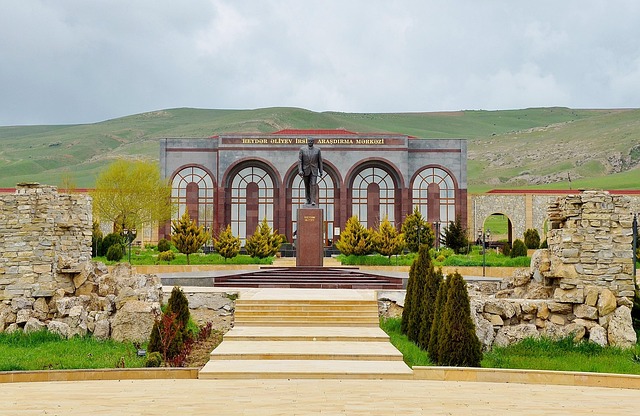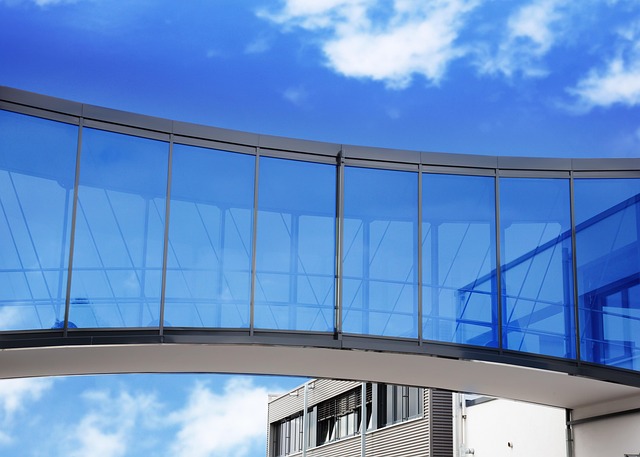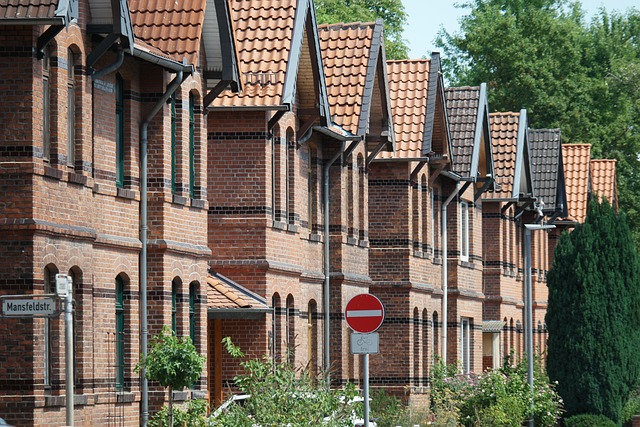Community infrastructure, including utilities, parks, schools, and public transport, is vital for successful and sustainable real estate developments. Investing in robust infrastructure boosts property values, fosters community, and drives economic growth. Urban planning should prioritize seamless connectivity with high-speed internet, accessible public spaces, and smart city solutions. Well-designed public spaces encourage engagement, physical activity, and cultural events, strengthening neighborhood bonds and enhancing property desirability, making cities attractive for residents and investors in the real estate sector.
In the realm of real estate, community infrastructure is the vibrant tapestry that weaves together urban spaces. Understanding this intricate web—from seamless connectivity and accessibility to public spaces and amenities—is crucial for fostering thriving neighborhoods. This article delves into the essential elements of planning layout and community infrastructure, highlighting strategies to enhance well-being and engagement while navigating the ever-evolving landscape of real estate development.
Understanding Community Infrastructure: The Backbone of Real Estate Development

Community infrastructure is the unsung hero in real estate development, forming the very foundation upon which successful and sustainable neighborhoods flourish. Beyond basic utilities like water, electricity, and roads, it encompasses a wide range of elements that support daily life and foster community connections. This includes parks, schools, healthcare facilities, public transport networks, and recreational spaces—all vital components that attract residents and enhance their overall quality of life.
Investing in robust community infrastructure is key to creating desirable real estate projects. It not only increases property values but also encourages a sense of belonging among residents. Well-designed and accessible infrastructure promotes social interaction, facilitates economic growth, and contributes to the long-term viability of a development, making it an essential consideration for any real estate professional.
Planning for Seamless Connectivity and Accessibility in Urban Spaces

In urban planning, seamless connectivity and accessibility are paramount for successful real estate development. This involves integrating robust digital infrastructure alongside traditional transportation networks to create vibrant, inclusive communities. By prioritizing high-speed internet access across all areas, from residential neighborhoods to commercial hubs, cities can ensure that residents and businesses alike benefit from advanced communication technologies. Furthermore, accessible public spaces designed with universal design principles cater to diverse needs, fostering social inclusion and enhancing the overall quality of life.
Strategic planning for connectivity involves not only deploying fiber-optic cables and 5G networks but also considering smart city solutions that optimize traffic flow, reduce pollution, and enhance public safety. Well-connected urban spaces encourage economic growth by facilitating e-commerce, remote work opportunities, and digital services, ultimately positioning cities as attractive destinations for both residents and investors in the real estate sector.
Designing Public Spaces and Amenities: Fostering Community Engagement and Well-being

When designing the layout of a community, prioritizing public spaces and amenities is paramount for real estate developers and urban planners. These communal areas aren’t just about aesthetics; they serve as catalysts for neighborhood engagement and overall well-being. Well-designed parks, playgrounds, walking paths, and community centers create opportunities for residents to connect, fostering a sense of belonging and strengthening social bonds.
Such spaces encourage active lifestyles by providing facilities for recreation and sports, promoting physical health. They also offer venues for cultural events, market days, and community gatherings, enriching the social fabric. Engaging local residents in the planning process ensures these public spaces meet genuine needs, creating a vibrant and inclusive environment that enhances the overall desirability of real estate properties within the community.






